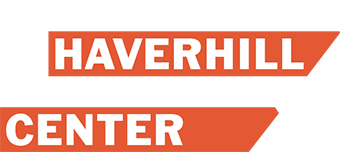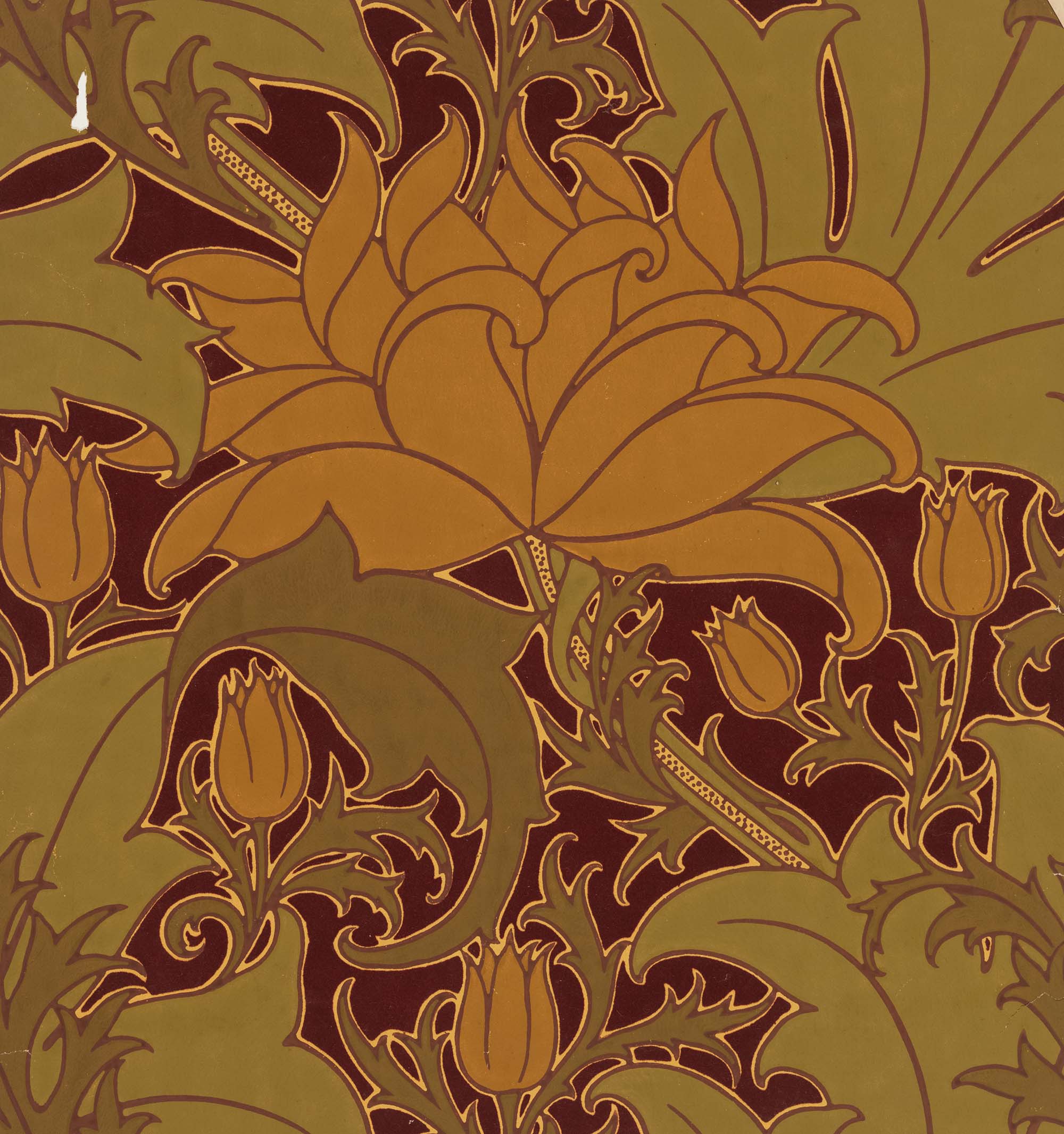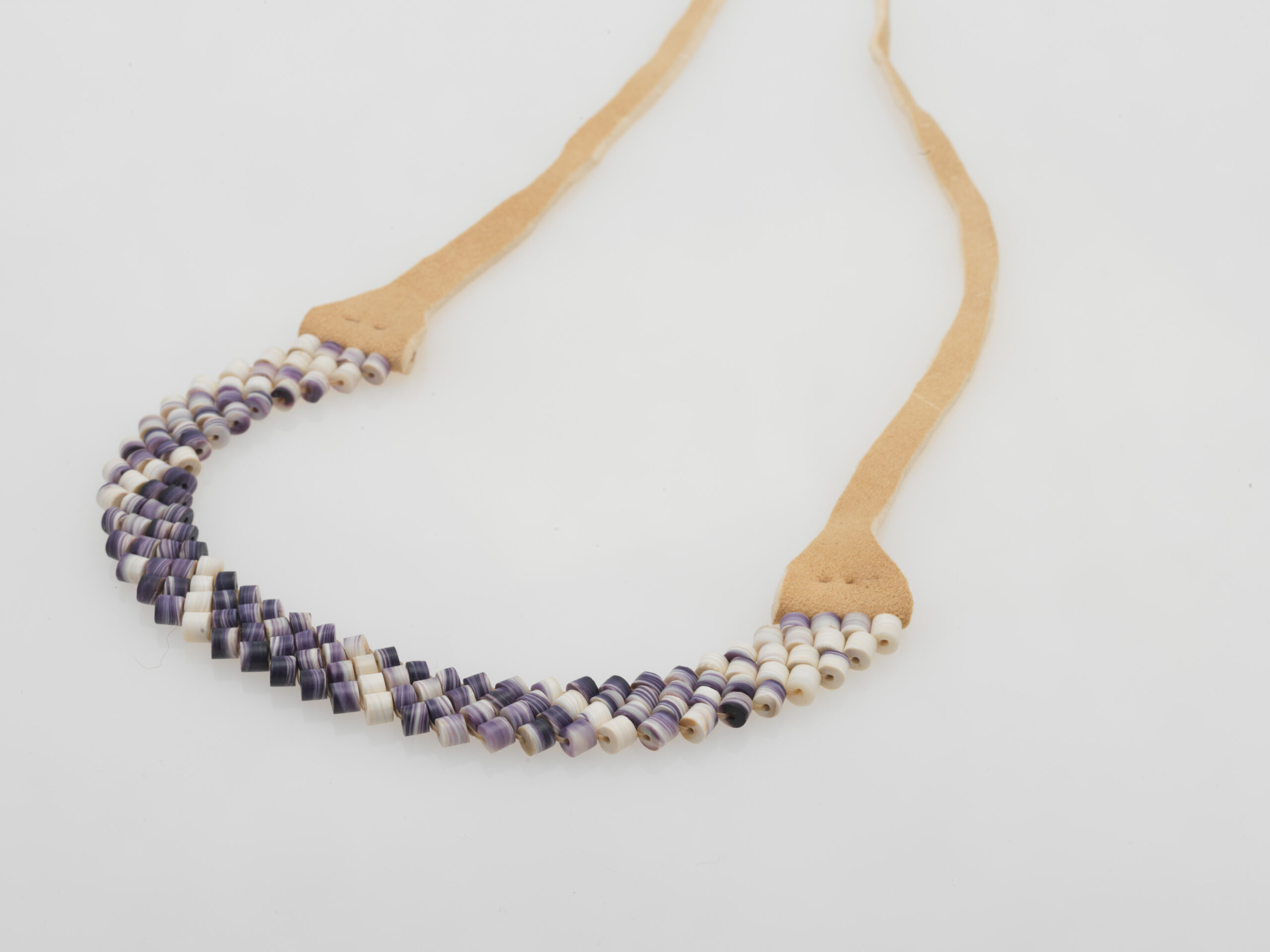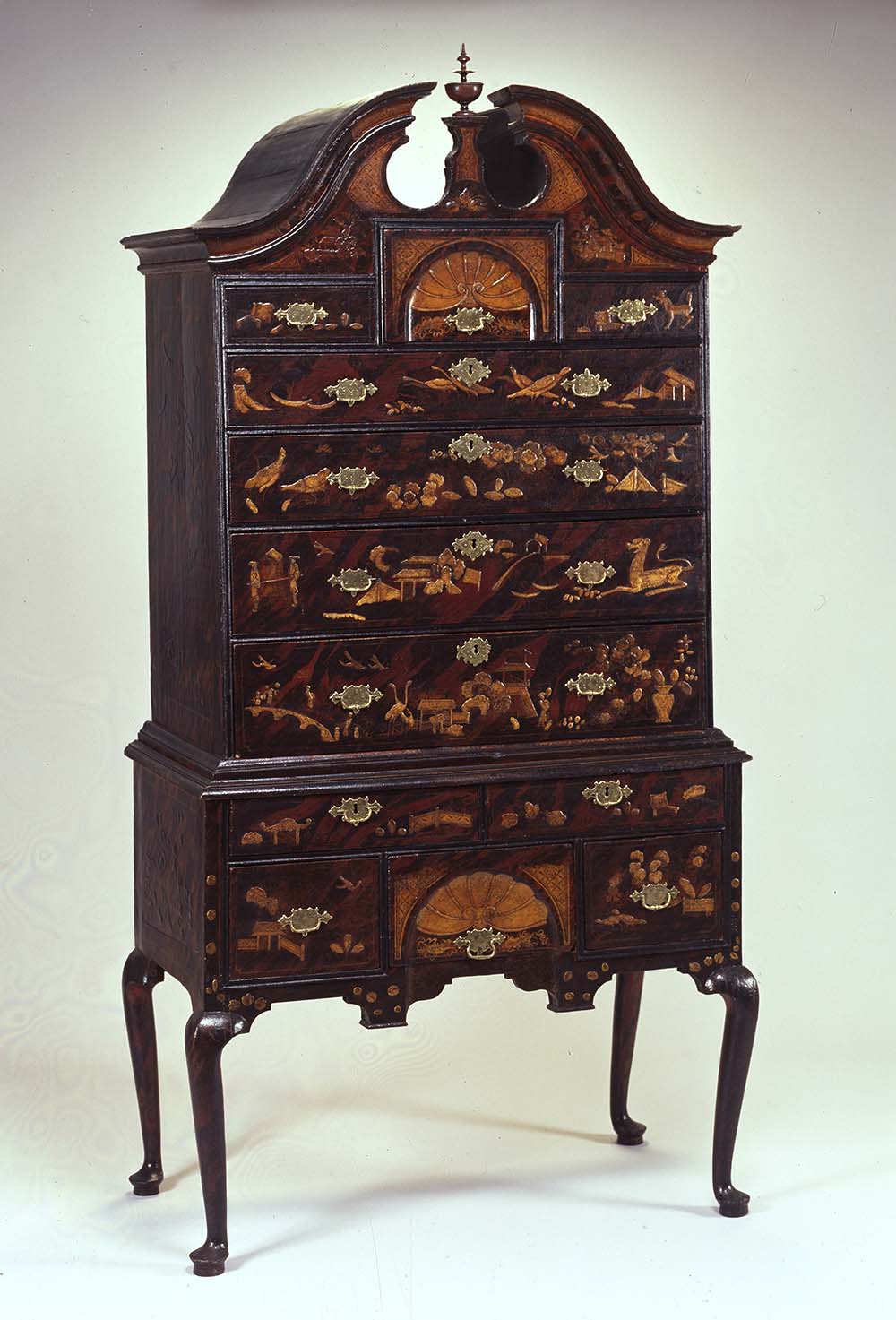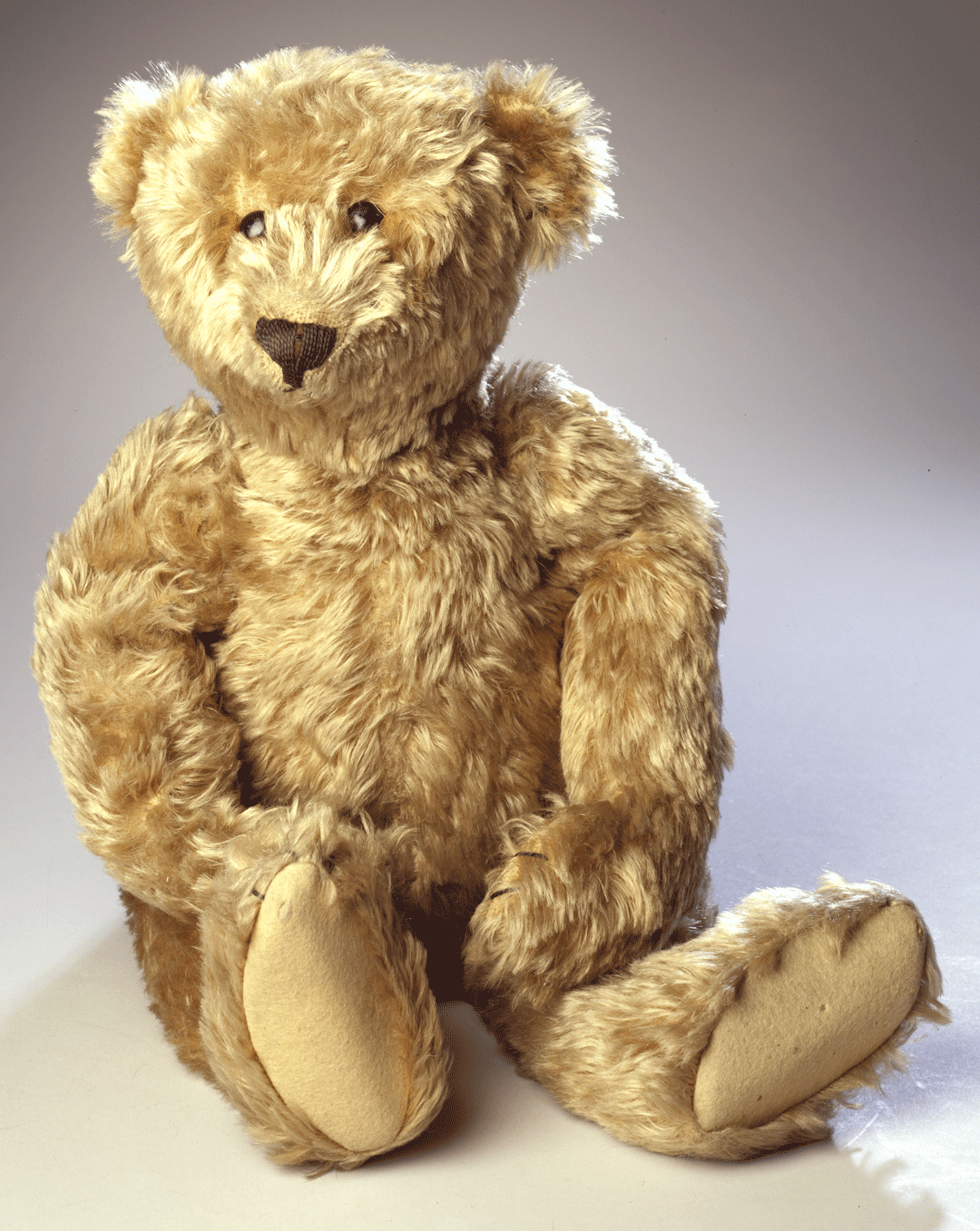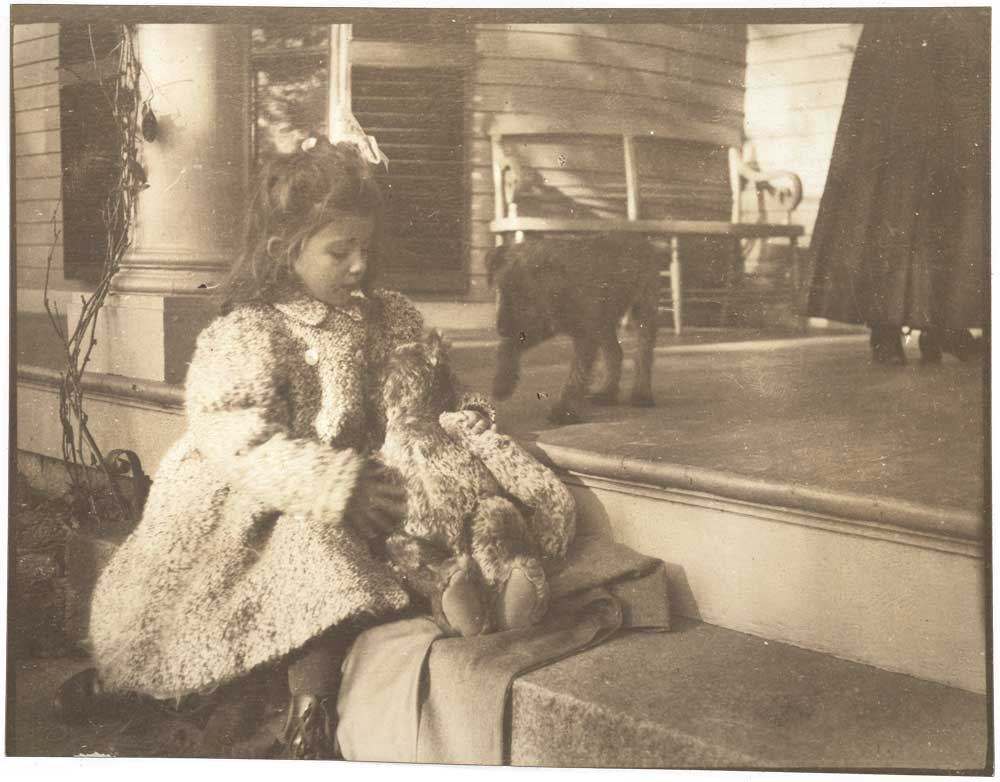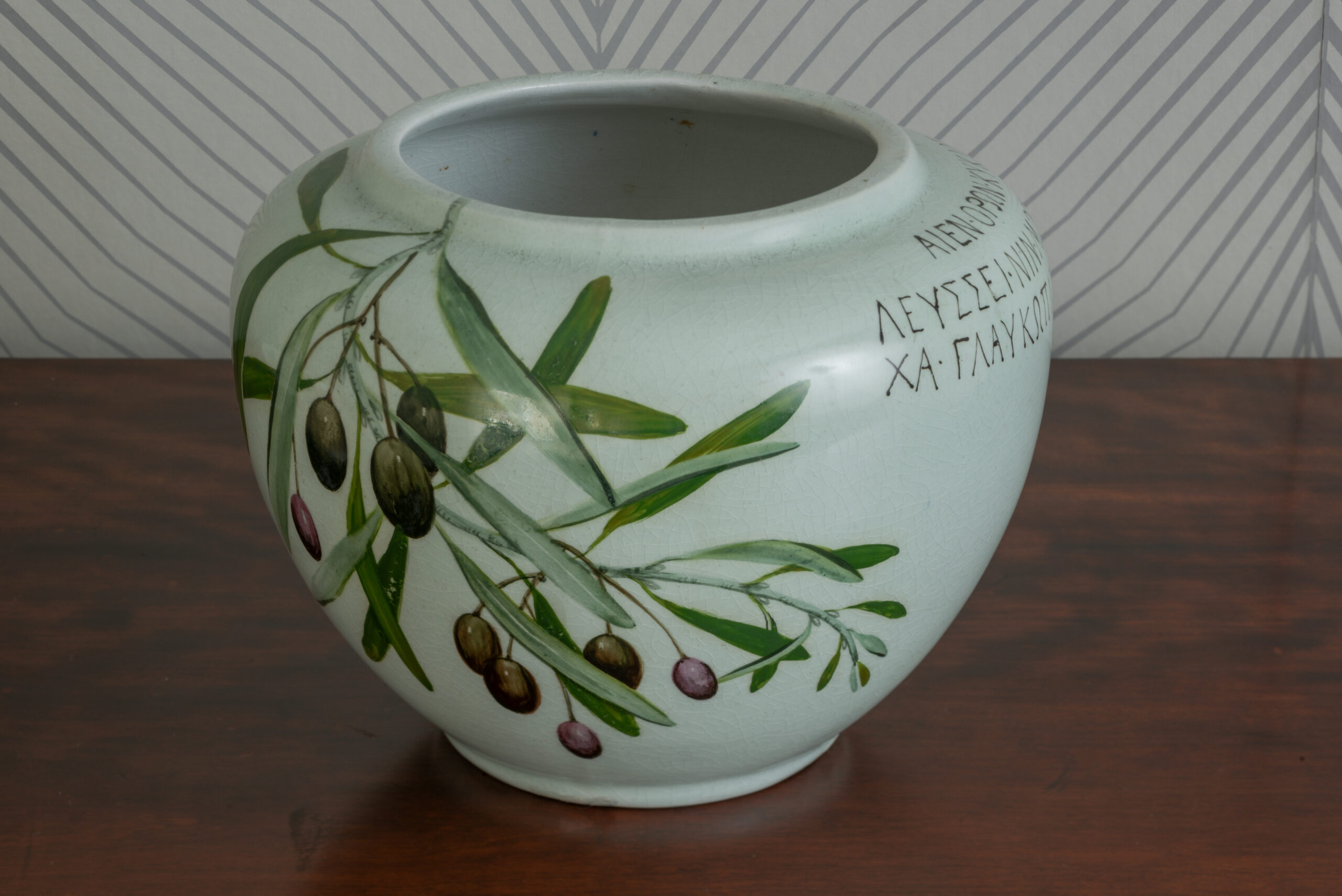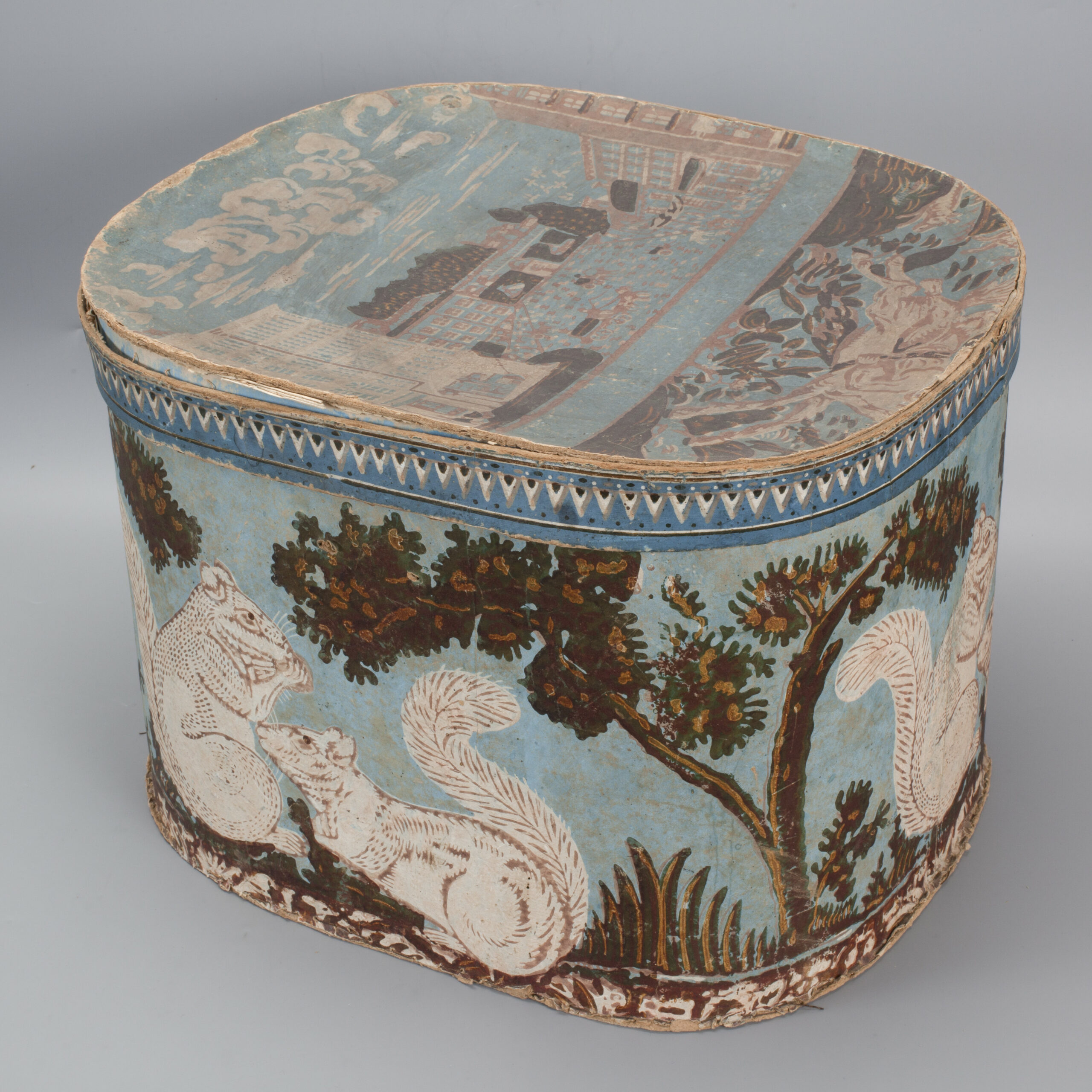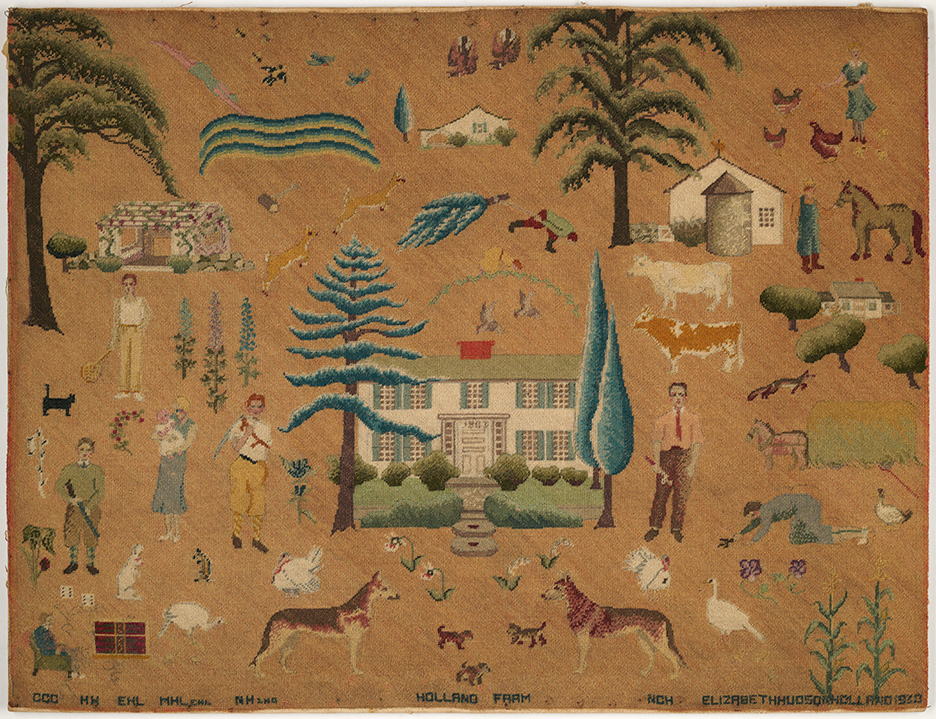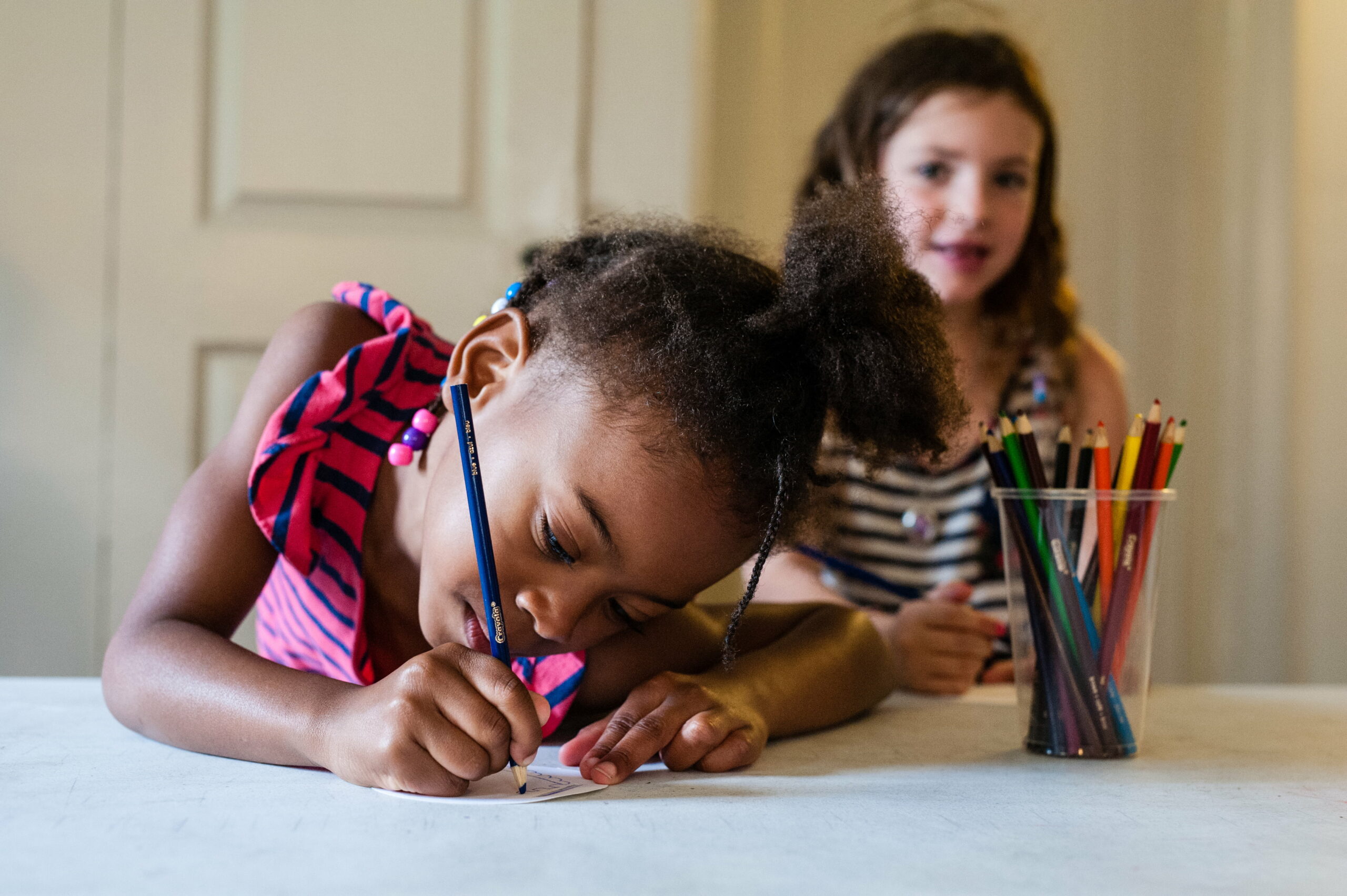Historic New England envisions the Haverhill Center for Preservation and Collections as a catalyst for a global-national-regional-local arts and culture district in downtown Haverhill, Massachusetts.
A BOLD NEW VISION
Explore living archives, state-of-the-art storytelling, and pioneering exhibitions. Experience dynamic installations and performances by world-class artists breaking new creative ground. Expand your knowledge with hands-on learning opportunities from top innovators and makers. Get excited.
Historic New England will evolve its downtown Haverhill location to unprecedented visitor and exhibition spaces and partner to develop residential, innovation, hospitality, and dining facilities. The Haverhill Center will support an improved streetscape, including expanded public art, lighting, signage, and green space.
This cultural district will serve as community catalyst, strengthening local and regional businesses, arts, environmental, and social institutions and significantly drawing new visitors and revenue to the area.
“We envision collaborating with the community to develop sustainable, more livable, resilient, and dramatically improved amenities, anticipating that the impact of the downtown cultural district will reverberate internationally.”
—Vin Cipolla, president and CEO, Historic New England
WHAV: State Budget Targets Funds for Historic New England Haverhill Center
The Haverhill Center on Chronicle
Conversation: Factory Reborn: Reviving Industrial Roots in Haverhill and America
WHAV: Historic New England Awarded Office of Travel and Tourism Grant
WHAV: Historic New England Recognizes Romano with 2024 Prize
CEO and President Vin Cipolla on The Culture Show with Jared Bowen (at 30.30 point)
CEO and President Vin Cipolla Named One of Top 25 North Shore Influencers of 2024
Click here for more news!
upcoming events
You can help shape the vision for the Haverhill Center. Join us at community events around the city that showcase exciting stories, creative activities, and compelling traditions. Please come see us to learn more about our vision for the Haverhill Center and become part of the story.
Check back for upcoming events!
FIND YOUR STORY
EXPLORE THE COLLECTIONS
Historic New England’s collection includes more than 125,000 objects and over 1.5 million archival documents. From teddy bears to tattoo flash, there’s something for everyone! To understand the breadth of the collection and the many stories it contains, you can explore a small sample below.
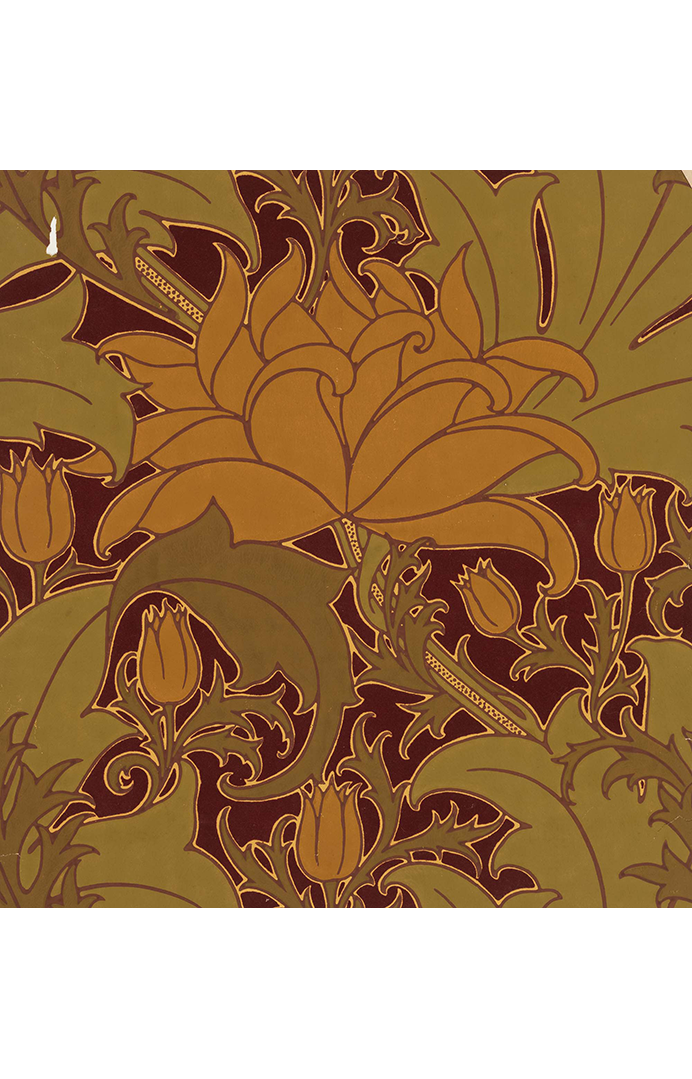
C.F.A. Voysey Wallpaper A founder of the Arts and Crafts Movement, architect and designer Charles Francis Annesley Voysey created wallpaper patterns of whimsical simplicity incorporating stylized depictions of the natural world. This unused ca. 1893 sample in the Historic New England collection is a good example of Voysey’s stylization, with a large-scale flower surrounded by leaves and flower buds. Printed in olive, two greens and gold on a crimson flocked background. A response in part to the Industrial Age, the Arts and Crafts movement began in late nineteenth century Great Britain and spread to America. The Arts and Crafts movement had varied modes of expression unified by the characteristics of devotion to craftsmanship, marriage of beauty and utility, and inspiration from the natural world.
Devotion to Craft
1893
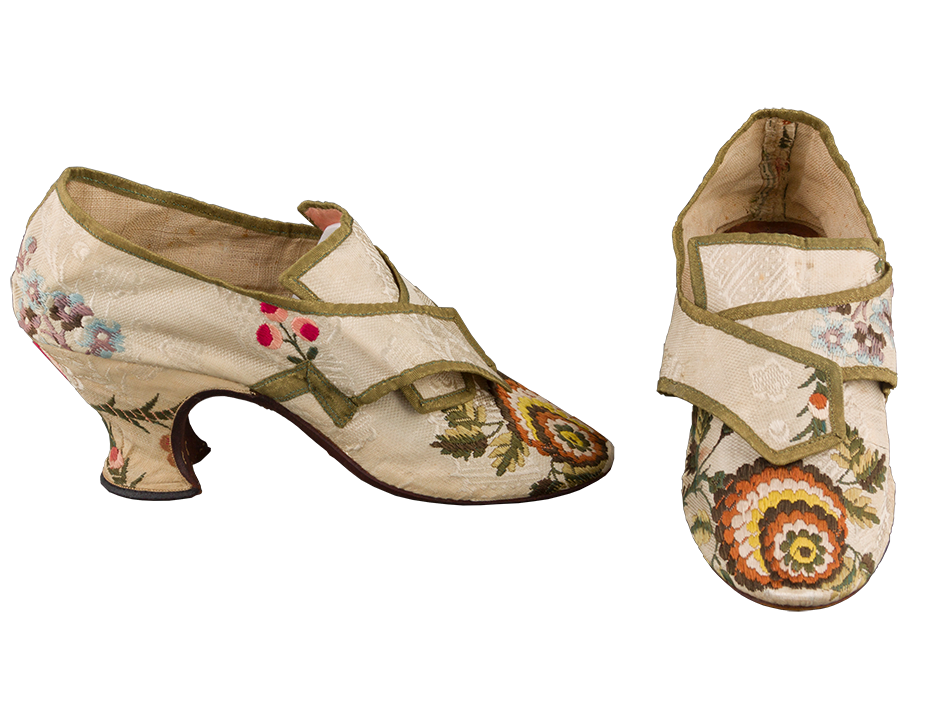
Silk brocade shoes 1770, London Jonathan Hose and Son, maker In eighteenth-century Boston, Massachusetts, the latest London fashions were readily available to those who could afford them. These brocade shoes were made in the section of London called Cheapside, known for its textile merchants and shoemakers. Like most shoes of the period, they have no right or left but were made to be interchangeable. The long tabs were intended to be fastened by buckles, which were worn like jewelry and could be transferred from one pair of shoes to another. Buckles could be set with diamonds for the wealthiest wearers, or, like these, made of paste. The original owner of these buckles, Prudence Jenkins, wore them at her wedding in 1778.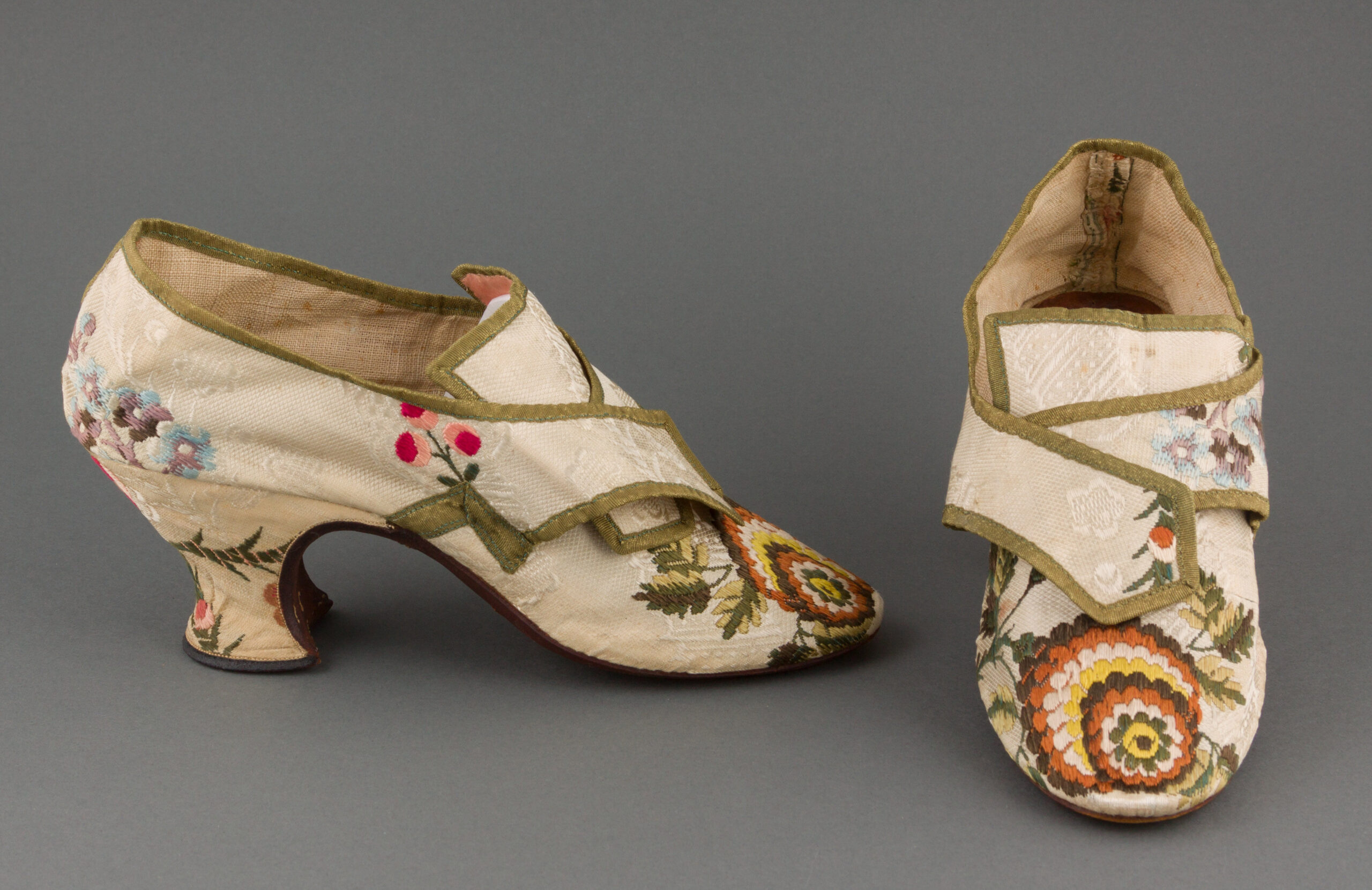
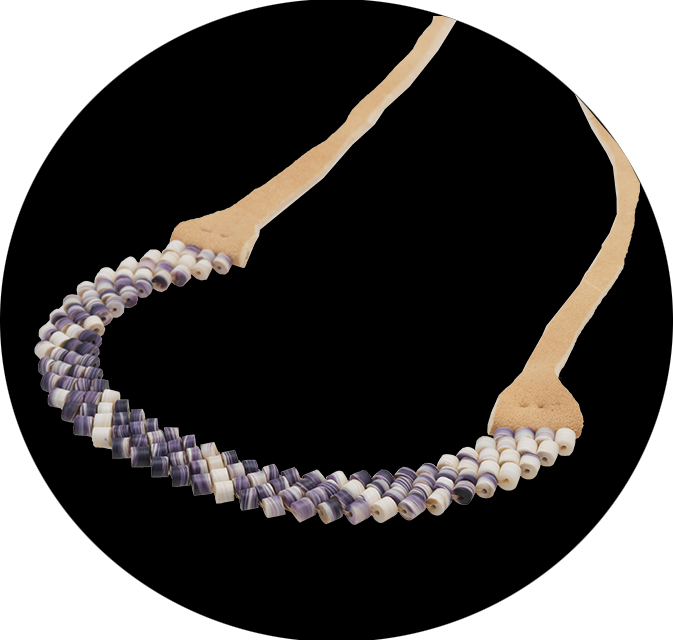
A member of the Wampanoag Tribe of Gay Head (Aquinnah, Massachusetts), Elizabeth James-Perry used wampum-beads made from shells of quahog clams native to the southeastern New England coast-to create her Alliance collar. For James-Perry, jewelry is the way we choose to honor each other, Mother Earth, and the rest of creation. A 2023 NEA Heritage award recipient, Perry engages with Northeastern Woodlands Native cultural expressions, primarily in sculptural forms of wampum shell-carving and bead-making with its connection to identity and sovereignty, maritime traditions, and restorative Native gardening. In Indigenous tradition, Alliance collars, woven from wampum beads, are used to communicate significant messages and have a history intertwined with Indigenous diplomacyHeritage of Honor
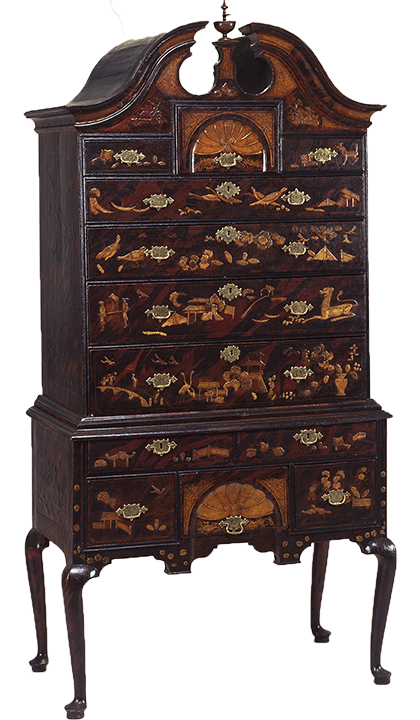
1735-1745 A gold and dark brown landscape of birds, Chinese architecture, bridges, human figures, large fantastical animals, and an abundance of flowering plants plays across the drawer surfaces on the façade of this Boston high chest. The decoration is known as “japanning” and was done in imitation of Asian lacquer furniture. The craftsperson, or japanner first decorated the surface with vermillion streaked with lampblack to imitate the appearance of tortoiseshell. The craftsperson then created raised figures with gesso and coated them with gold and black paint. The japan work is thought to be that of Robert Davis, an English-born japanner who worked in Boston until his death in 1739. Josiah Quincy (1710-1784), a wealthy merchant originally owned the piece. It was rescued from house fires, not once, but twice, before 1770. In 1769, after the second fire, Quincy wrote in his account book "the greatest part of my furniture [was] by the timely assistance of our friends and neighbors, secured from the devouring flames." Decades later, Josiah's great-granddaughter, family historian Eliza Susan Quincy, wrote the story of this high chest's survival on a small paper label which she pasted inside a drawer. Today the chest is valued not only for its rare japanning decoration, but for its well-documented history. It is on display at the Quincy House in Quincy, Massachusetts.Fantastical Landscape
Eastern white pine, red oak, red maple
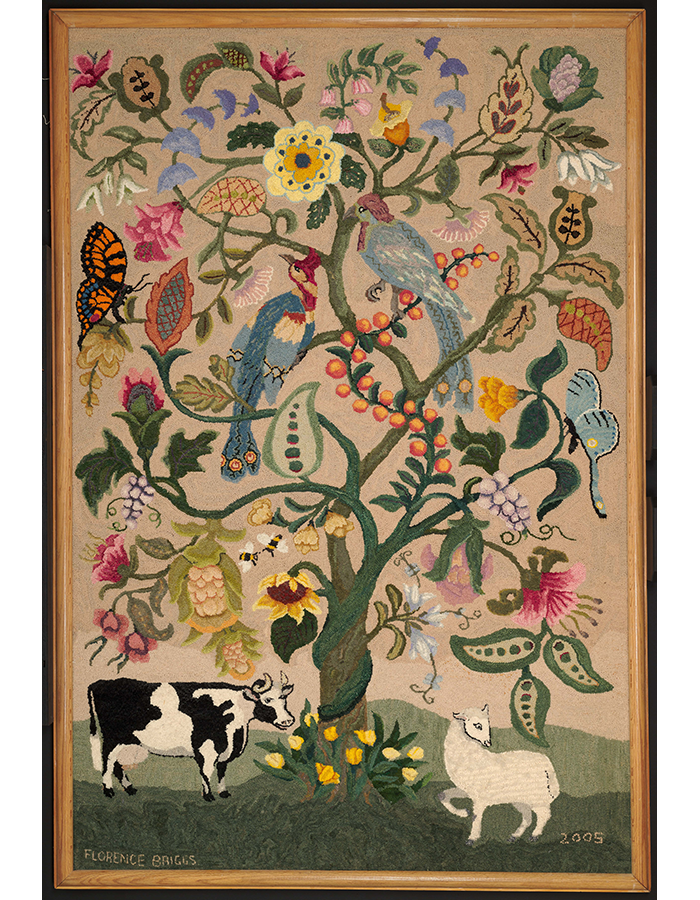
Briggs, Florence [1922-2007] Florence Briggs worked on this spectacular hooked rug for over a decade. Measuring over six feet tall, the Tree of Life design was inspired by French post-impressionist artist Henri Rousseau and features colorful birds, bees, flowers, fruit, butterflies, and animals around a large tree. Raised on a dairy farm in St. Albans, Maine, Briggs was the first member of her family to attend college. She became interested in hooked rugs while raising her family in Dover-Foxcroft, Maine. What began as a hobby became a passion and Briggs hooked rugs for family and friends throughout her adult life. Briggs started this rug while in her sixties, living in Amesbury, Massachusetts. She enlisted her son, sculptor Jeffrey Briggs, to help her develop a design that expressed her love of nature. She adapted her work equipment to accommodate her large-scale ambitions and spent years making progress on the piece, devoted to its completion even as the pressures of life intervened. Hooked rugs are a nineteenth-century craft tradition revived in the early twentieth century. Historic New England’s collections features many examples of hooked rugs, both handmade and machine-made. This addition demonstrates the potential of rug hooking as a medium of artistic expression in the hands of a skilled maker.Tree of Life
The Tree of Life Hooked Rug
Amesbury, Massachusetts, 2005
Wool on linen mounted on a wooden stretcher with an oak frame
Gift of Jeffrey Briggs

Edward Mitchell Bannister Edward Mitchell Bannister (1828-1901) was born in St. Andrews, New Brunswick, and after the early death of both his parents he moved to Boston and worked as a barber, one of the few careers open to African Americans at that time. He also found work tinting photographs. Eventually he studied painting with Dr. William Rimmer at the Lowell Institute and went on to become one of the most successful Black artists of the nineteenth century. A founder of the Providence Art Club, he spent most of his artistic career in Rhode Island. Bannister taught at the Rhode Island School of Design and painted local scenery using techniques of the French Barbizon School, which prioritized nature’s ordinary beauties over iconic views. Here, a woman reads while breezes flutter the leaves and grasses. Arriving to accept a prize at the 1876 Philadelphia Centennial Exposition, Edward Bannister was refused entry, but finally received the medal after fellow exhibitors protested.Tranquil Beauty
Woman Reading Under a Tree
1880-1885,
Oil on canvas
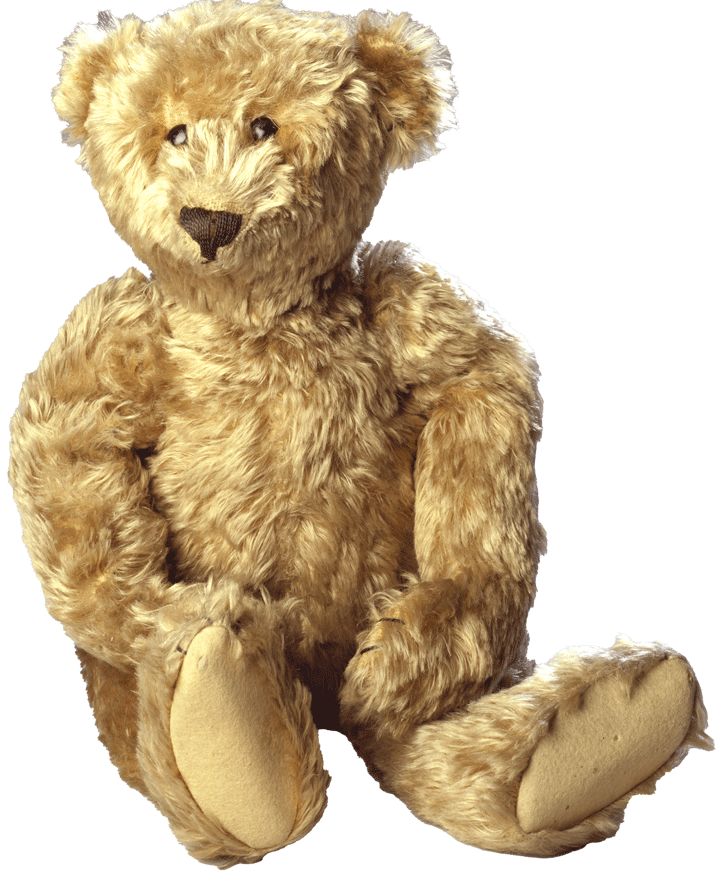
This teddy bear belonged to Susan Norton (1902-1989), who at the age of four, brought it along on a trip to Rome. This particular bear is a very early specimen (teddy bears were first manufactured in 1902). It is remarkable that is survives in such good conditions, especially considering its world travels. The iconic Teddy Bear was so named after President Roosevelt, who refused to shoot a bear cub during a hunting party in 1902. The event was memorialized in a Washington Star cartoon that inspired Brooklyn store owner Morris Michtom to make a stuffed toy bear cub for a store window display. The bear’s popularity prompted Michtom to found the Ideal Toy Company, later one of the nation’s leading toy producers.
World Traveler
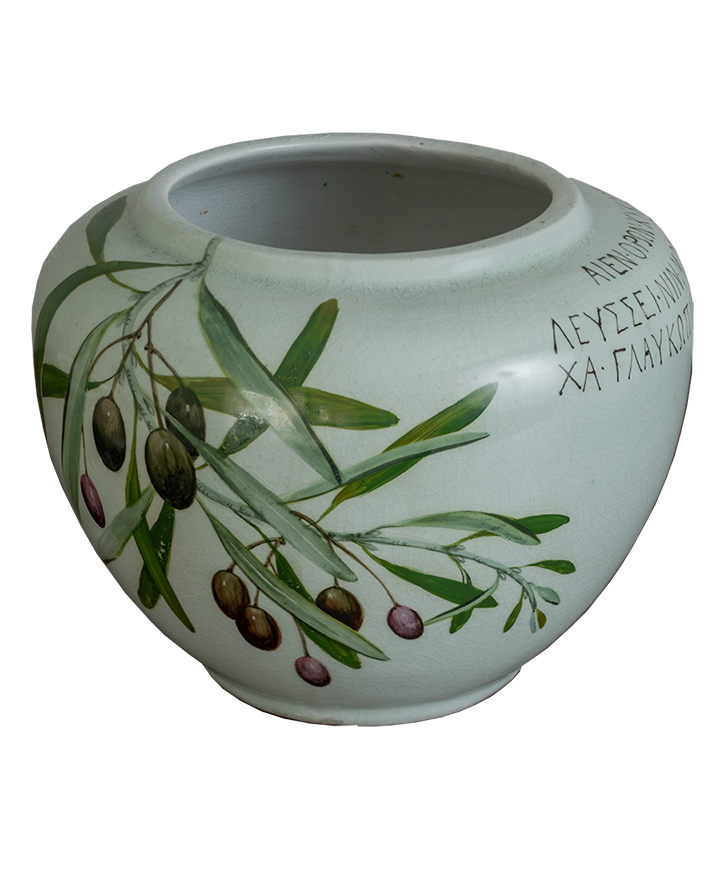
Poet, writer, and artist Celia Thaxter (1835-1894) achieved widespread popularity in her work during the second half of the nineteenth century. Nicknamed the Island Poet and by close friends, Sandpiper, Celia Thaxter grew up a lighthouse keeper’s daughter on Appledore Island, off the coasts of Maine and New Hampshire. Her work reflects a deep connection to nature, particularly birds and wildlife, and flowers. Her flower gardens on Appledore were legendary and became the source of her most enduring work, An Island Garden. Unlike her more fortunate contemporaries, Thaxter wrote “in between,” as many women writers and artists have for centuries, caring for an invalid husband, one troubled child and two others, a mother who was ill, and on top of it all, running a hotel on Appledore Island to pay the bills. Thaxter held salons at the Appledore Hotel, attracting luminaries of literature, art, and music, including Ralph Waldo Emerson, Henry Wadsworth Longfellow, Nathaniel Hawthorne, John Greenleaf Whittier, Sarah Orne Jewett, Annie Fields, and Childe Hassam. Although in her day better known for her writing, Thaxter also designed greeting cards and decorated ceramics. This vase, thought to have been a gift to her friend, author Sarah Orne Jewett, shows one of Thaxter's favorite subjects, the olive branch. The Greek inscription is from Sophocles, and describes olive trees, watched by the eye of olive-guarding Jove and by gray-eyed Athena.
Touch of the Poet
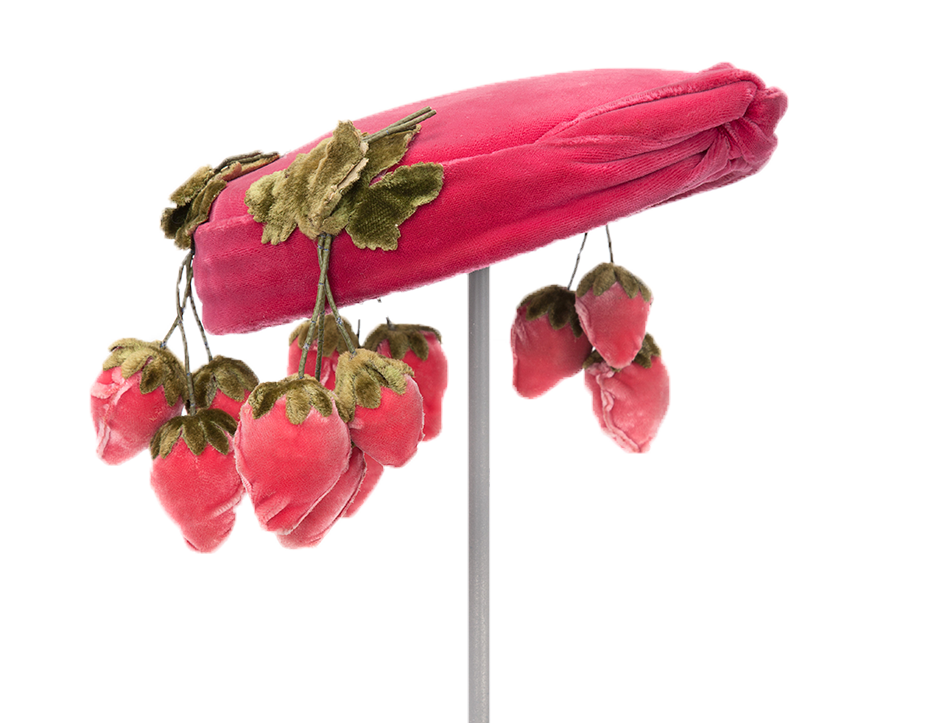
Strawberry Hat Ethel Atkins was a prominent Boston milliner of the twentieth century with an establishment on Arlington Street, straddling the city’s fashionable Back Bay and Beacon Hill neighborhoods: Boston milliner Ethel Atkins—often titled Queen of Hats by her Proper Boston clientele—has been reminding women for 30 years that minus a chapeau they are akin to a painting without a frame…Boston Propers considered a black hat the height of elegance. But Miss Atkins has always been mad for color.” - Marian Christy, “Milliner to Proper Boston,” The Boston Globe, June 4, 1968, 32.
Mad for Color
1950-1960
Ethel Atkins, milliner
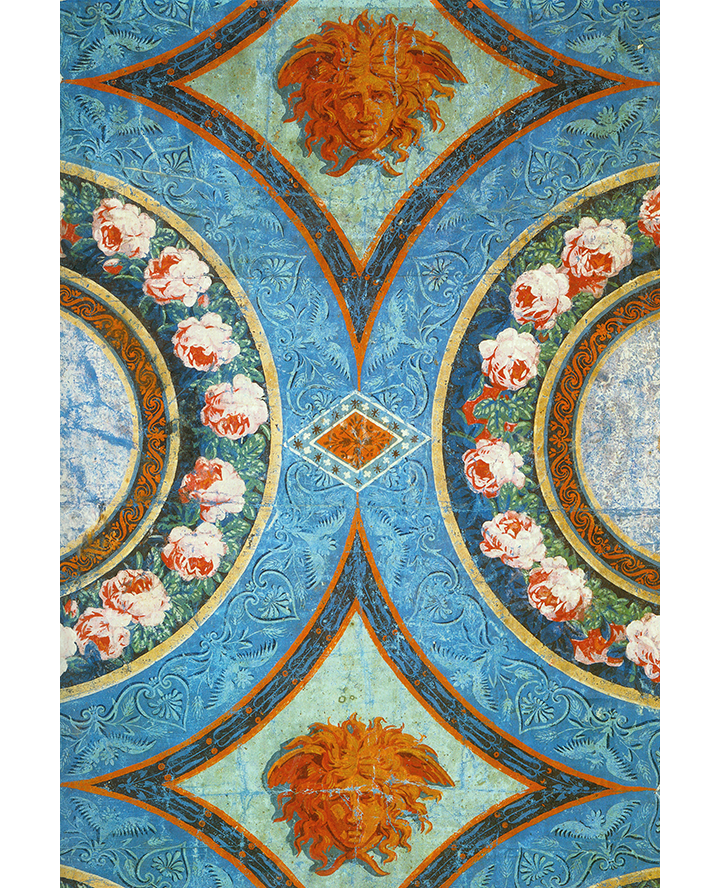
The prosperity following the American Revolution sparked a building boom as New Englanders constructed new homes, signaling their confidence in the future. The wall finish of choice for the interior of these houses was wallpaper. French wallpapers were especially desirable. Wallpaper was often recycled for use on bandboxes, example top right, which were used as containers for men’s neck bands in the eighteenth century and later for women’s hats and accessories.Paper Recycling

In 1930, Elizabeth Holland Hudson (1878-1954) created a large needlepoint picture featuring three generations of her family at Holland Farm, their country home in Belchertown, Massachusetts. In the needlepoint, Elizabeth shows some family members hunting and gardening while others play tennis and golf. A woman in a blue dress feeds the chickens while farm workers tend to horses and cattle. The two- hundred-acre farm is alive with birds, rabbits, deer, and family pets, who –a long with the human inhabitants—are placed against an empty background, appearing as whimsical vignettes drawn from Elizabeth's memories of long summer days and cozy winter nights. The Holland Farm was built in 1802 by an ancestor and stayed in the family except one generation: Nelson Clarke Holland and Elizabeth Hudson Holland repurchased the farm in the early twentieth century and split their time between Belchertown and New York City. By 1930, the family made several additions to the property, such as extensive flower and vegetable gardens, a putting green, tennis court, and swimming pool with pool house. The family sold the farm in the late 1970s.Family Gathering
Historic New England Haverhill Center
Historic New England is the largest cultural real estate presence in Haverhill, Massachusetts. Our campus is conveniently located approximately 35 miles north of Boston in Haverhill’s historic downtown and easily accessible by Amtrak, MBTA Commuter Rail, and three major highways.
SUPPORT THE VISION
To learn more about the Haverhill vision and how your philanthropy can have a transformational impact, please contact Elliot Isen, Haverhill campaign officer, at [email protected]
CONNECT WITH US
Let us know your thoughts
We’d like to hear from you!
STAY UP TO DATE
Sign up for updates on the Haverhill Center project
ABOUT HISTORIC NEW ENGLAND
Historic New England—founded as the Society for the Preservation of New England Antiquities in 1910—serves as a leader in historic preservation in the New England region and beyond and is one of the most comprehensive independent preservation organizations in the United States. Historic New England welcomes the public to thirty-eight exceptional museums and landscapes, including several coastal farms. The organization operates a major collections and archives center in Haverhill, Massachusetts, and has the world’s largest collection of New England artifacts, comprising more than 125,000 decorative arts and objects and 1.5 million archival documents including photographs, architectural drawings, manuscripts, and ephemera. Engaging education programs for youth, adults, and preservation professionals, and award-winning exhibitions and publications are offered in person and virtually. The Historic New England Preservation Easement program is a national leader and protects over 125 privately owned historic properties throughout the region.
